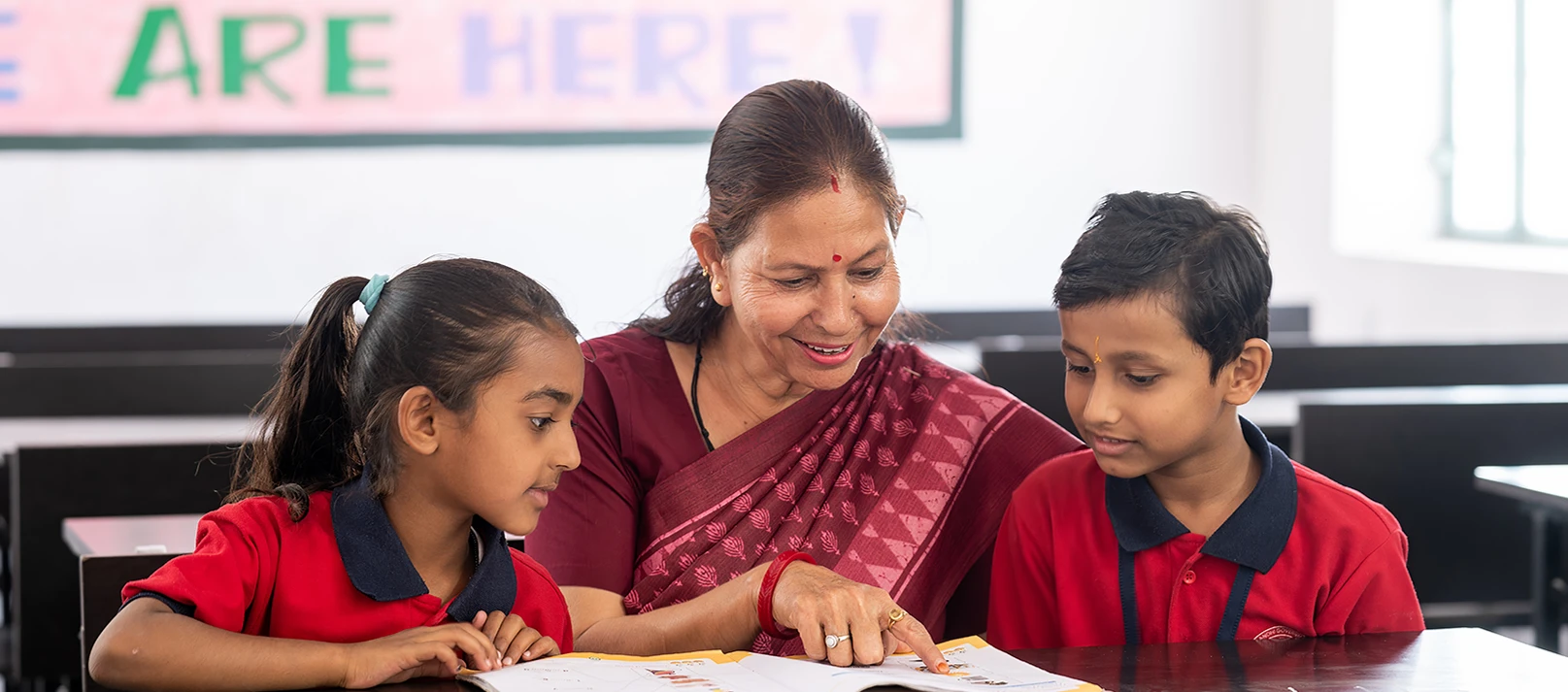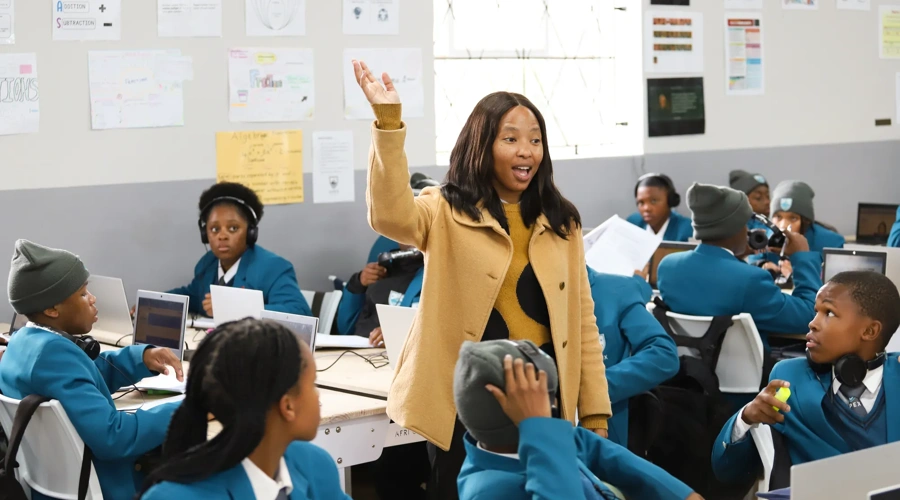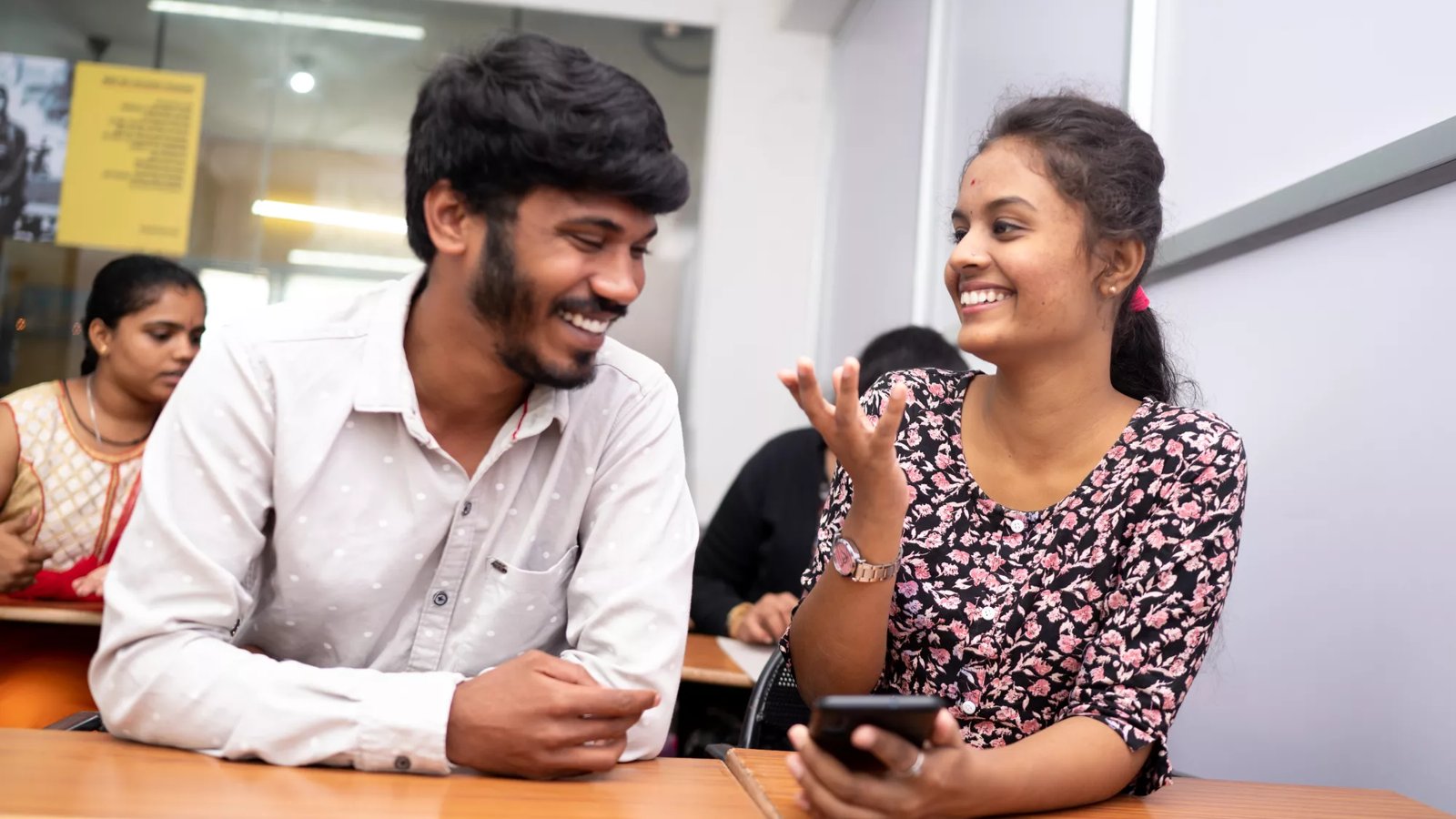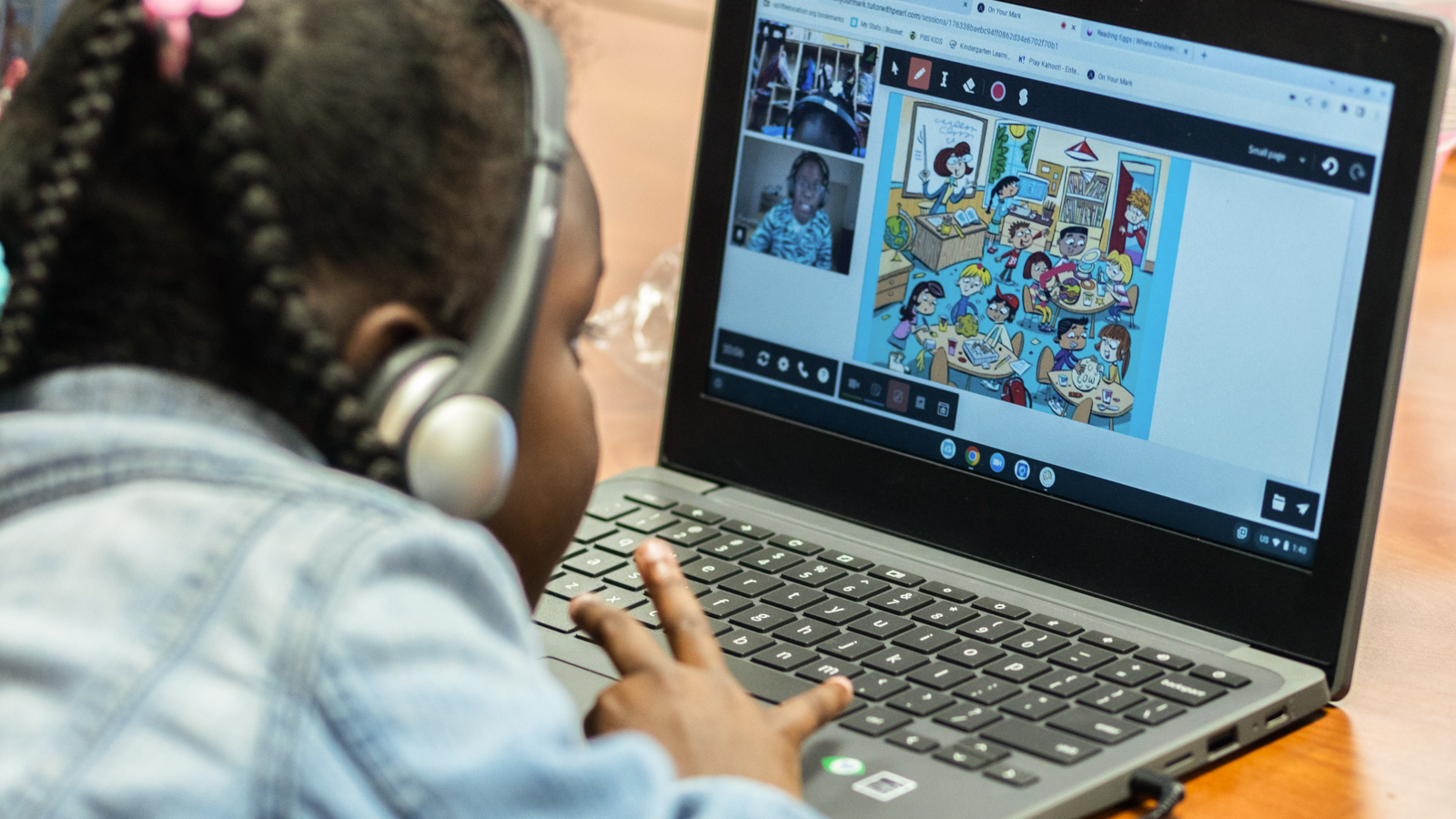For many years, Rajasthan, one of India’s largest and most expansive school systems, used pen and paper to collect student data and track progress. Without real-time performance tracking, accountability was limited. We partnered to launch the first state-level data management system, improving accountability and boosting learning for more than nine million students in 65,000 schools.
When success in the classroom is measured by rote memorization, students often miss out on truly mastering essential skills. To change this, Haryana introduced competency-based assessments and Saksham certification, which recognizes students’ grade-level proficiency. This initiative sparked friendly competition among students, schools, and districts, driving momentum throughout the school system, with 86% of students ultimately achieving Saksham status.



